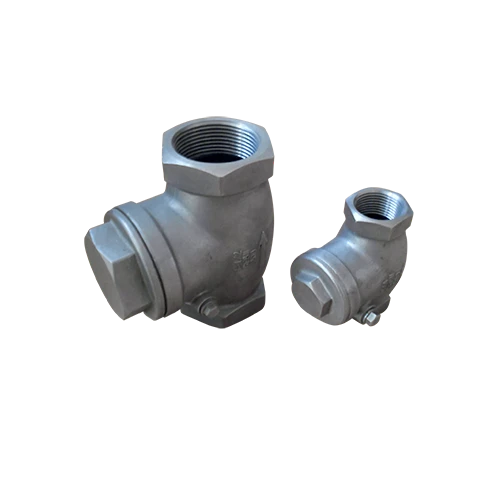Mobile:+86-311-808-126-83
Email:info@ydcastings.com
Italian
Understanding the Function and Importance of Exhaust Manifolds in Engine Performance
Understanding Exhaust Manifolds and Their Significance in Engine Performance
The exhaust manifold is a critical component in an internal combustion engine, playing a vital role in the efficient expulsion of exhaust gases produced during the combustion process. Typically made from cast iron or stainless steel, the exhaust manifold serves as the first stage of the exhaust system, collecting gases from multiple cylinders and funneling them into a single pipe that leads to the catalytic converter and further downstream components. Understanding its design, function, and impact on engine performance is essential for both enthusiasts and those new to automotive mechanics.
Design and Function
The primary function of the exhaust manifold is to direct exhaust gases away from the engine. As fuel and air combust in the engine's cylinders, the resulting gases need to exit efficiently. The manifold is designed to optimize this process. It typically has a multi-port configuration that corresponds to the number of cylinders in the engine. For example, a V6 engine will have a manifold with six ports, allowing each cylinder to direct its exhaust through the manifold simultaneously.
Moreover, the design of the manifold is crucial for preventing back pressure, which can severely hinder engine performance. An efficiently designed manifold helps reduce the resistance the engine faces when pushing exhaust gases out, which in turn can enhance engine efficiency and power output. In more advanced applications, performance exhaust manifolds are designed with smooth curves and larger diameters to promote better flow and reduce turbulence.
Impact on Engine Performance
The flow characteristics of the exhaust manifold have a significant impact on engine performance. A well-designed exhaust manifold contributes to optimal scavenging effect, where the exiting gases create a vacuum effect that helps draw fresh air-fuel mixtures into the combustion chamber. This interaction can lead to improved throttle response, increased horsepower, and enhanced efficiency.
exhaust manifold on engine

Conversely, a poorly designed or damaged exhaust manifold can lead to several performance issues. Increased back pressure can cause a reduction in power, increased fuel consumption, and can even lead to overheating. In some cases, cracks in the manifold can lead to exhaust leaks, resulting not only in decreased performance but also in harmful gases entering the engine compartment, which can be dangerous for occupants.
Common Issues and Maintenance
Like all engine components, exhaust manifolds are subject to wear and tear, especially under strenuous conditions. Rust and corrosion can affect manifolds over time, particularly in regions where roads are salted during winter months. Furthermore, high-performance applications can lead to more rapid deterioration due to the increased temperatures and stresses placed on these components.
Regular inspections of the exhaust manifold can help identify potential issues early. Symptoms of a failing manifold may include a noticeable drop in power, an increase in engine noise, or visible exhaust leaks. Mechanics often suggest routine checks as part of a comprehensive vehicle maintenance schedule, ensuring that any issues are addressed before they escalate into more significant problems.
Conclusion
In summary, the exhaust manifold is an essential component of an internal combustion engine that plays a critical role in ensuring efficient exhaust gas removal. Its design significantly influences overall engine performance, and understanding its function can help vehicle owners appreciate the intricacies of their engines. Regular maintenance and awareness of the manifold's condition can prevent performance issues and prolong the life of the engine. Whether you're a seasoned automotive enthusiast or a casual car owner, recognizing the importance of the exhaust manifold is crucial in maintaining a vehicle's optimal performance.











